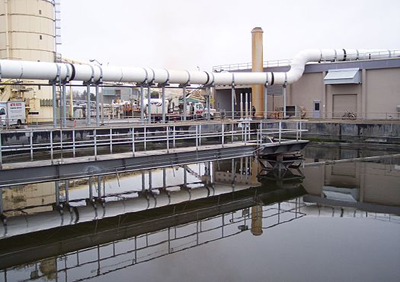
Our sewerage plants removes and treats over 320,000 million litres of sewage each year – enough to fill 128,000 Olympic-sized swimming pools. So what happens when you flush the toilet or pour something down the sink. Our two treatment plants process sewage before it can be supplied as recycled water or released into the environment. This process takes up to 30-35 days Our Plants based on Latest FAB (Floating Aerobic Biomedia) / SAFF (Submerged Aerobic Fixed Film) treatment process which are followed by clarification done using tube settler Involves dosage of lime to suppress tendency of foaming Clarified water achieved also undergoes further filtering using - Multimedia Sand Filter after dosing of coagulant for removal of unsettled suspended impurities The process is followed by Sand Filter and Activated Carbon Filter that allows removal of organics Filtered water from ACF is further chlorinated & stored in treated water tanks Plants available in RCC constructed designs that allow suitability for commercial as well as in residential buildings Mild Steel FRP and Fiber Lined tanks Allows for easy installation Treatment systems available in working capacities from 50 M3 per day to 1000 M3/day Water achieved finding usage in applications like for flushing, car washing, gardening, gardening and other areas Systems designed to achieve zero discharge through use of UF as well as RO systems to cater to further treatment demands. Sewage can be treated close to where it is created (in septic tanks and their associated drainfields or sewage treatment plants), or collected and transported via a network of pipes and pump stations to a municipal treatment plant. The former system is gaining popularity for many new ECO towns, as 60% of the cost of mains sewerage is in the pipework to transport it to a central location and it is not sustainable. It is called 'Decentralisation' of sewage treatment systems.